There are a lot of things that would come to your mind when speaking or thinking about Punjab. The state is known for its agriculture, delectable cuisine, people’s love for dance and music and always carrying a hearty big smile on their faces.
One thing that comes to my mind when thinking about Punjab is the energetic dance form of Bhangra. There is not a single person who would not tap his feet or groove to the beats of this dance form. It just feels that this dance form came into existence just to make the celebrations even bigger, happier and special.
Bhangra is a type of traditional dance form that originates from the Majha area of Punjab. The interesting fact is that even today, for the Punjab-Sikh community in particular, every celebration still continues Bhangra which is a very important aspect of their community and is deeply connected at the community’s core.
Traditional folk dance of Majha
The origins of Bhangra are still speculative though according to Dhillon (1998), Bhangra is associated with the Punjabi dance ‘Bagaa’ which is a martial dance form of Bhangra.
However, the folk dance form of Majha originated in Sialkot and took its roots in Gujranwalla, Sheikhupur, Gujrat which now lies in the Pakistan after the partition and Gurdaspur which still remains in Punjab, India.
Though the dance form of Bhangra is performed in all the main districts of Punjab but the community for traditional Bhangra has been maintained in Gurdaspur district and has been maintained by people who are now settled in Hoshiarpur, Punjab after the newly created Pakistan post the partition.
Recommended Story – Indian Headgears – The different types of Turbans in India
According to Ganhar (1975), Bhangra has been imported into Jammu and so have been the other Punjabi folk dances such as ‘Giddha’ and ‘Luddi’. You can see heavy influences of Punjabi language when people dance on these dance forms. As Jammu comes under and falls within the Punjab region, it shares an affinity with the state including the cultural influences.
Bhangra during harvest
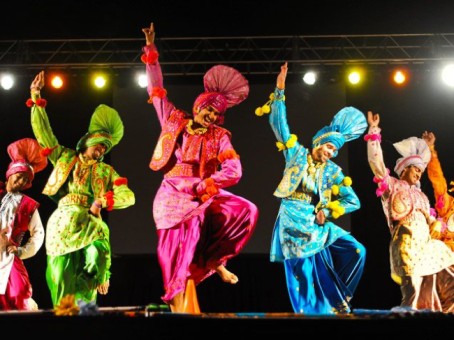
The main reason behind the existence of Bhangra was mainly done by the Punjabi farmers during the harvesting season which has a great significance in the state as the state majorly depends on the agriculture.
As they moved ahead with each farming step, they would perform Bhangra moves on the spot. This actually allowed them to complete this hard task in the most pleasurable way and with great spirits.
After harvesting the wheat crops during the ‘Vaisakhi’ season, people would go attend cultural festivals while performing on Bhangra.
The main motive behind performing Bhangra was to showcase accomplishment and to welcome the new harvesting season.
Free form of traditional Bhangra
1950s saw the gradual development of free form of traditional Bhangra in Punjab where Maharaja of Patiala requested a staged performance of Bhangra in 1953.
The people who significantly contributed for the development of this style were a dance troupe led by brother from the Deepak family of Sunam – Manohar, Avtar and Gurbachan and the dhol player Bhana Ram Sunami.
Free form traditional Bhangra developed gradually through staged performances which incorporated traditional Bhangra style and moves and also sequences from other Punjabi dances namely, Luddi, Jhummar, Dhamaal and Gham Luddi.
Bhangra competitions have been held in Punjab for many decades now and are still being continued especially with Mohindra College in Patiala being involved in the 1950s.
Recommended Story – Top 11 Famous Indian Musical Instruments Names with Pictures
Bhangra today
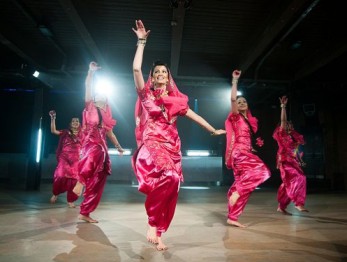
Bhangra originates from the patriarchal society and connects to the deeper set of masculinity.
Bhangra referred to both formal male performances as well as communal dancing among both men and women. In past 30 years, Bhangra has been established all over the world much which was led by the Punjab-Sikh settled across the world.
It has integrated with South Asian culture after being mixed with hip hop, house and reggae styles of music.
Bhangra even is a part of huge family celebrations which can be wedding, parties, in fact all sorts of celebrations which is not just for entertainment but also is a way of expressing happiness.
It even substitutes to the gym as it is being practiced by people as a part of their daily fitness regime. Not only men but even women are now equally involved in this dance form and with global level competitions recognizing this dance form, we can witness many sort of people participating and competing.
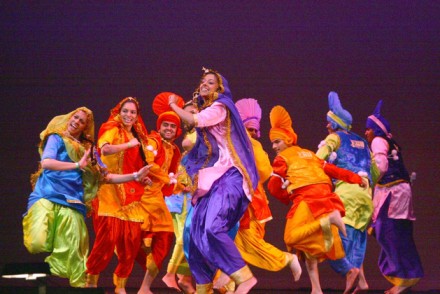
Interesting Facts
- D.J. Rekha was one of the first South Asian women to bring popularity of Bhangra in the U.S. by introducing Basement Bhangra Parties.
- Sarina Jain was the very first women to create and introduce the Bhangra Fitness Workout which is now known as ‘Masala Bhangra Workout’.
- Raaniyan Di Raunak is America’s first All-Women’s Bhangra Competition.
Recommended Story – Indian Classical Dance Forms



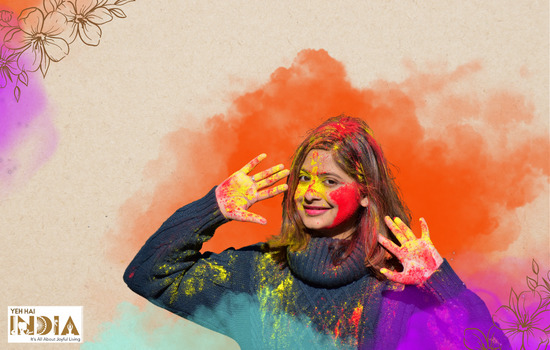
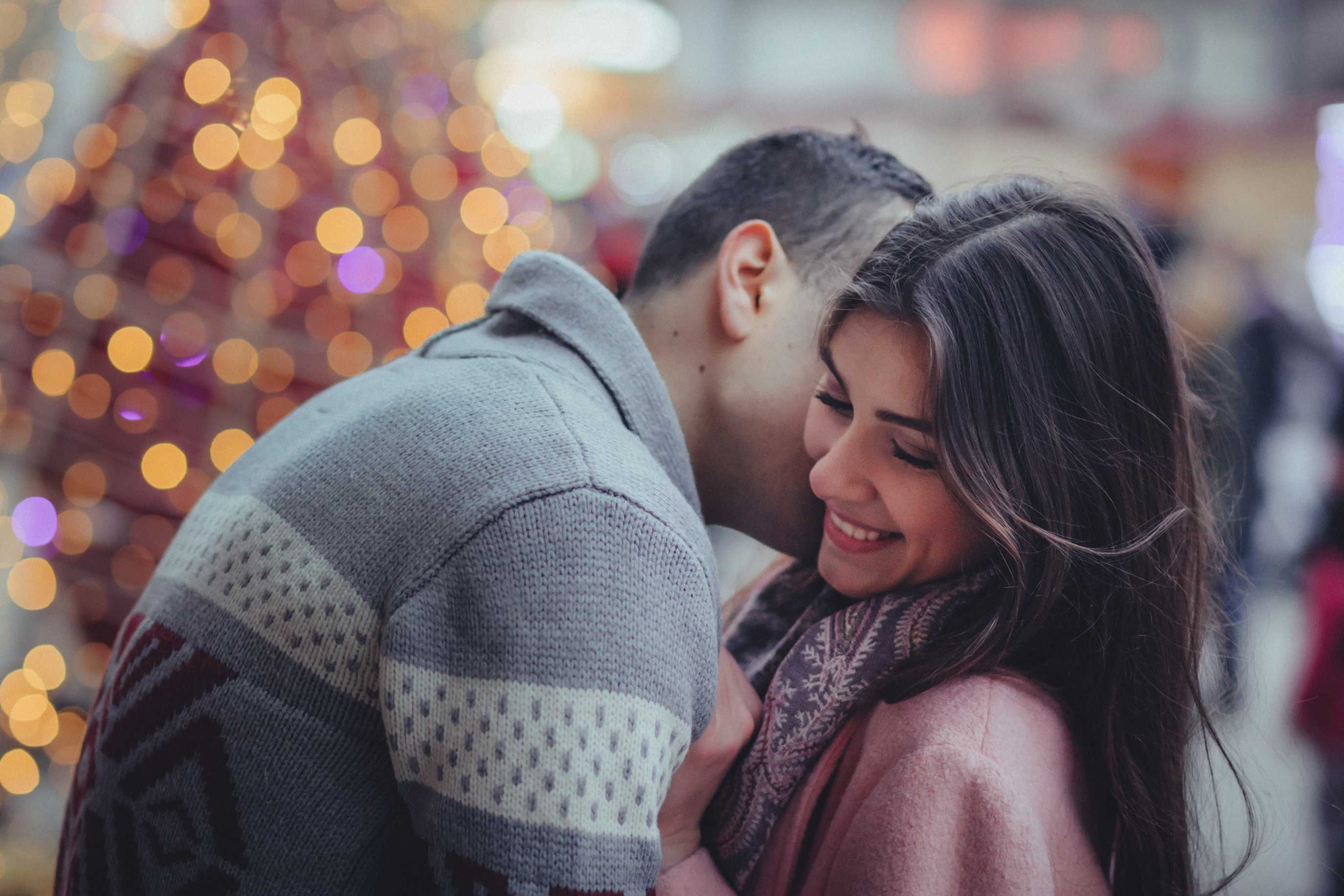
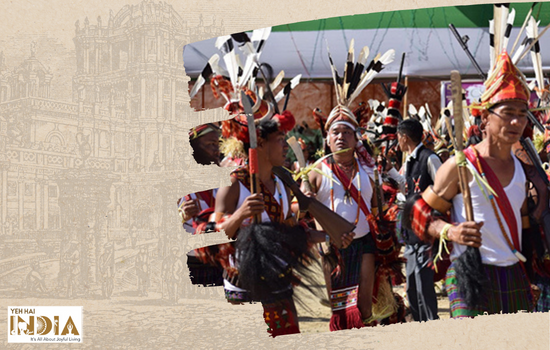
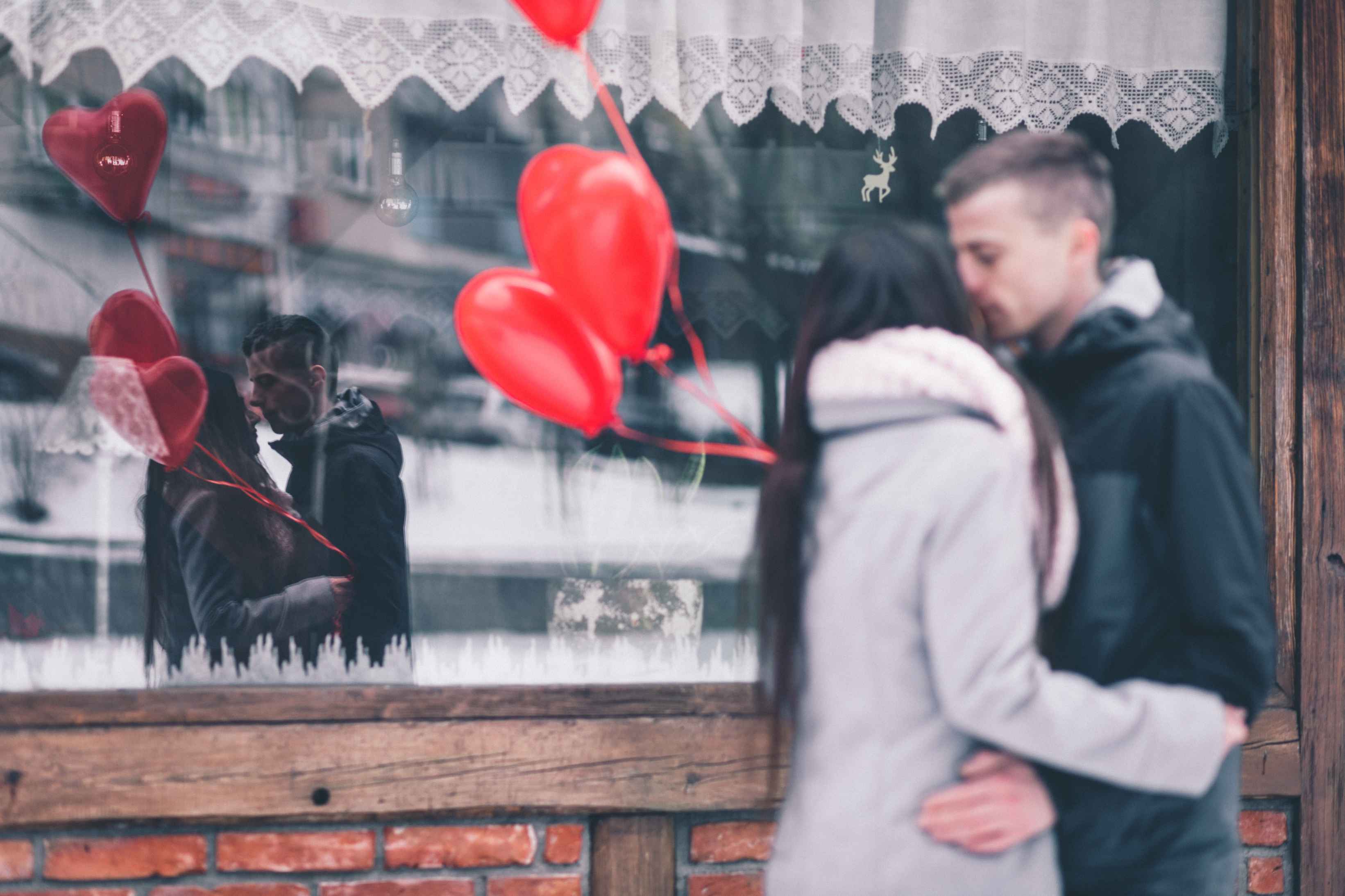
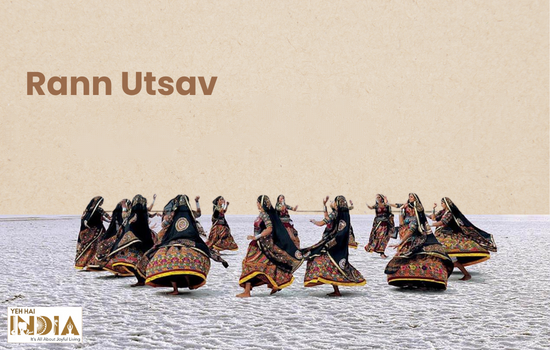
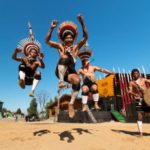
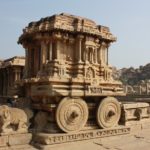
Bhangra is such an energetic folk dance of Punjab. We hired Malwai Giddha to perform at my Sisters wedding and they rocked the wedding. I must say to get their services, you can too contact through Grotal or this number 9056959870
It’s interesting to know that Bhangra dances are still quite popular for family gatherings in this day and age. I’m currently helping my brother plan his wedding with his fiancé with Indian roots. Perhaps hiring a Bhangra performer will impress her relative that will be flying from India for the ceremony.
Love the website– really individual pleasant and whole lots to see!